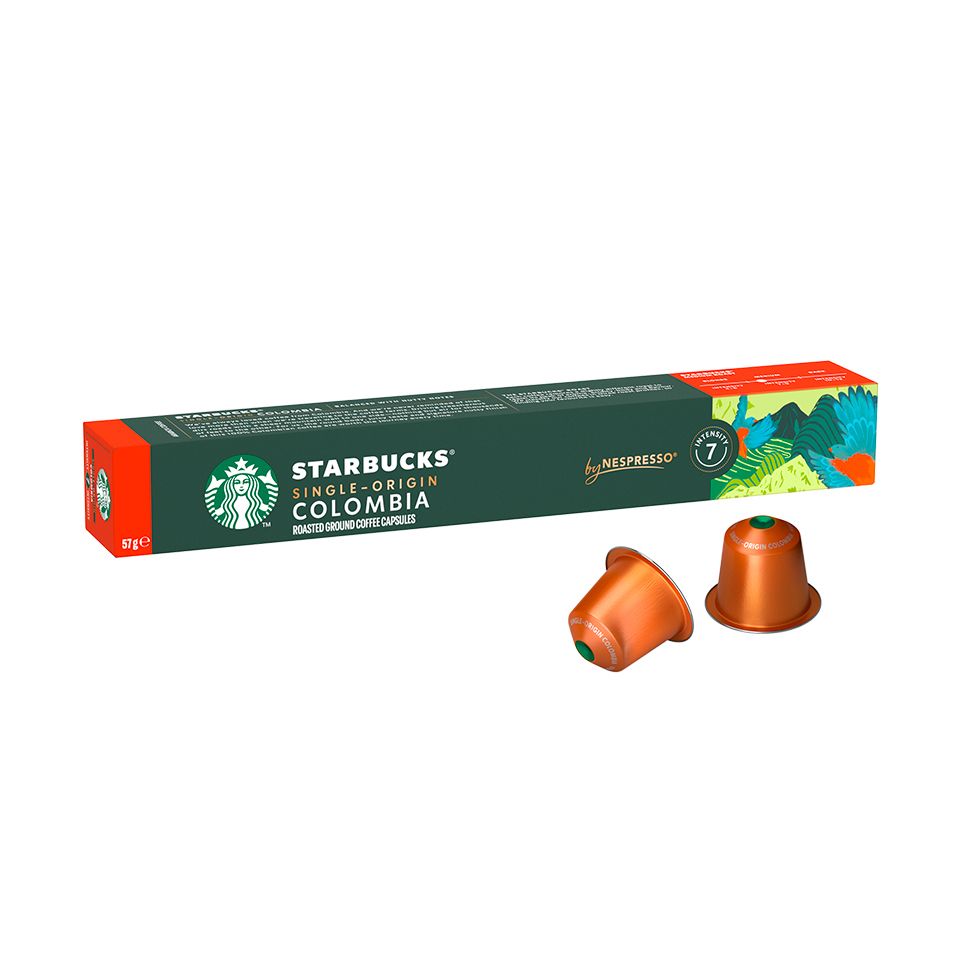Why SOE Single Origin Espresso Is Highly Rated Among Baristas
Why SOE Single Origin Espresso Is Highly Rated Among Baristas
Blog Article
Coffee Beans 101: Every Little Thing You Required to Learn About Coffee and Blended Coffee Beans
When it concerns coffee, recognizing the subtleties of coffee and mixed beans can change your day-to-day mug. You'll find the distinct features of Arabica and Robusta beans, and just how each influences flavor and caffeine material. From the growing procedure to roasting methods, every action contributes in your coffee experience. What makes the perfect mixture? Let's discover the crucial aspects that contribute to an exceptional mug of coffee.
Understanding Coffee Beans: Kinds and Varieties
When diving into the globe of coffee, comprehending the types and varieties of coffee beans is vital for each lover. You'll mostly come across two primary species: Arabica and Robusta. Arabica beans are understood for their smooth, intricate flavors and lower caffeine web content, making them a preferred amongst coffee aficionados. On the other hand, Robusta beans pack a strike with a more powerful, more bitter taste and higher caffeine degrees, often utilized in espresso blends.
Ethiopian Yirgacheffe supplies brilliant flower notes, while Colombian beans provide a healthy taste account. By acquainting on your own with these beans and their flavors, you'll boost your coffee experience and make more informed selections in your brewing journey.
The Expanding Refine: From Seed to Bean
When you check out the journey of coffee, it all beginnings with seed choice strategies that set the structure for top quality. From there, cultivation and gathering play vital duties in guaranteeing the beans flourish. Processing approaches transform those collected cherries right into the coffee beans you love.
Seed Option Strategies
Picking the ideal seeds is essential for producing premium coffee beans, as it lays the structure for the entire growing process. You must begin by selecting seeds from respectable sources that prioritize high quality and genetic variety. Search for selections understood to flourish in your details climate and soil conditions. Take notice of the seed's age and storage conditions, as fresh seeds tend to sprout far better. When possible, choose natural seeds to reduce direct exposure to damaging chemicals. Think about the illness resistance of various ranges, as this can significantly influence your return. Do not be reluctant to seek advice from with neighborhood farmers or specialists to get understandings right into the best seed alternatives for your area. This expertise will boost your coffee-growing experience.
Growing and Harvesting
As you support your coffee seeds into growing plants, recognizing the cultivation and harvesting procedure is important for achieving the best taste and quality. Begin by planting your seeds in well-draining soil, preferably in a shaded location to secure them from straight sunshine. As your plants expand, preserve constant dampness, and bear in mind their need for nutrients. Prune on a regular basis to promote air movement and healthy and balanced growth.
When it comes time to harvest, look for ripe cherries, which usually turn a dynamic red. Hand-picking is usually the most effective technique to ensure only the ripest cherries are picked. Timing is necessary; collecting too late or also very early can influence the flavor profile of your beans. Welcome persistence and treatment, as this is where quality begins.

Handling Approaches Explained
Once you have actually gathered your coffee cherries, the following necessary action is processing them to transform those lively fruits right into the beans you'll make. In the completely dry procedure, you spread the cherries out in the sun to dry, enabling the fruit to ferment and present one-of-a-kind tastes to the beans. Comprehending these approaches is vital to enjoying your coffee experience.
Roasting Strategies: How Flavor Is Developed
When it pertains to roasting coffee beans, understanding roast levels is key to exposing their special tastes. Each toasting strategy impacts the fragrance and enhances the flavor advancement process, offering you a richer coffee experience. Let's explore how these variables integrated to boost your day-to-day mixture.
Roast Levels Clarified
Roast levels play a vital role in forming the flavor profile of your coffee. You'll enjoy intense level of acidity and fruity notes when you pick a light roast. As you move to a tool roast, you'll observe a balance of sweetness and intricacy, commonly highlighting delicious chocolate or caramel tastes. Dark roasts, on the various other hand, supply vibrant, smoky features with less acidity, making them durable and abundant. Each level arises from different roasting times and temperatures, impacting the beans' chemical structure. By understanding these degrees, you can better select a coffee that matches your preference choices. Try out various roasts to find which one reverberates with you, enhancing your general coffee experience and enjoyment.
Impact on Aroma
The roast degree not just influences the preference of your coffee yet additionally considerably influences its fragrance. When you choose a light roast, you'll commonly observe bright, floral notes that can make your coffee smell vivid and fresh. As the beans dim, the scent shifts; a tool roast draws out more well balanced, caramelized scents, while a dark roast has a tendency to include bold, smoky touches. Each roasting technique releases various volatile compounds, shaping how your coffee smells. Additionally, the quality of the beans plays an important role; newly baked coffee launches a lot more aromatic oils, boosting that tempting fragrance. Pay attention to the roast degree-- it's vital to disclosing the complete aromatic experience of your brew.
Flavor Advancement Process
As you check out the taste development process, you'll uncover that toasting methods play a critical function in shaping the preference profile of your coffee. The toasting temperature and time directly affect the level of acidity, sweet taste, and resentment pop over to this site of the beans. Light roasts retain more of the bean's original flavors, highlighting fruity and flower notes.
Espresso vs. Blended Coffee: Secret Distinctions
Coffee and blended coffee each deal distinct experiences that provide to various preferences and choices. Espresso is a focused coffee made by forcing hot water via finely-ground coffee beans, causing a rich, vibrant taste and a creamy layer of crema on the top. It's frequently appreciated as a shot or utilized as a base for drinks like cappucinos and cappuccinos.
On the other hand, blended coffee integrates numerous beans from different areas, developing a more balanced flavor account. You'll commonly locate blends that highlight level of acidity, body, or sweetness, making them flexible for various brewing techniques. While coffee concentrates on intensity, combined coffee might supply a more comprehensive variety of tastes that can transform with each sip.
Ultimately, your choice between espresso and combined look at these guys coffee come down to your individual choice. Whether you long for a leisurely mug or a fast jolt, both options have something tasty to provide.

Developing Methods: Opening the Perfect Mug
When it pertains to brewing coffee, locating the right technique can transform your experience and boost your mug. Each developing technique has its special charm and can considerably impact your coffee's taste and aroma. Utilizing a French press enables you to take pleasure in a rich and full-bodied mixture, while a pour-over approach gives a tidy, bright cup with unique tastes.
If you like coffee, buying a top quality machine can help you grasp the art of drawing shots. Conversely, for convenience, a single-serve pod system provides speed without compromising preference.
Do not forget about cold mixture, which delivers a smooth, less acidic coffee ideal for hot days. Try out different techniques to find what reverberates with your taste buds. Each developing strategy opens up a brand-new globe of opportunities, so make the effort to check out and discover your best mug. Satisfied developing!
Tasting Notes: Recognizing Taste Profiles
Just how can you genuinely appreciate your coffee if you do not understand what flavors to search for? Sampling notes are your overview to recognizing the complicated world of coffee. Pay attention to the first tastes that hit your palate when you sip. You might discover fruity notes, like berry or citrus, or perhaps a nutty touch. As you proceed to taste, discover how the flavors advance-- this is recognized as the "coating." Some coffees might leave a chocolatey or caramel aftertaste, while others might have a brilliant, clean surface.
Think about the body of the coffee, as well; is it light and airy or thick and syrupy? Do not fail to remember acidity; a bright level of acidity can add liveliness, while a low acidity could provide a smoother experience. By recognizing these taste profiles, you'll strengthen your link with each cup, making coffee sampling a delightful trip of exploration.

Tips for Picking and Storage Coffee Beans
Saving and selecting coffee beans appropriately can significantly improve your developing experience. Start by selecting top quality beans that match your taste. Seek freshness; beans baked within the last two weeks are excellent. Inspect the roast day on the packaging, and purchase from reliable roasters or local stores.
Once you have your beans, store them in an airtight container to stop direct exposure to dampness, air, and light. A dark, trendy place functions best, so avoid maintaining them in the refrigerator or fridge freezer, as this can present dampness. Just grind the quantity you require to keep quality; entire beans preserve taste longer than pre-ground coffee.
Last but not least, attempt to utilize your beans within 2 to four weeks after opening for peak taste. Following these tips will assure your coffee remains delicious and delightful, boosting your day-to-day mixture to new elevations.
Regularly Asked Concerns
The Length Of Time Do Coffee Beans Remain Fresh After Roasting?
Coffee beans remain fresh for regarding two weeks after toasting - SOE. You must store them in an airtight container, far from light and wetness. After that, their taste and aroma start to reduce substantially

Can I Mix Different Coffee Bean Varieties?
Absolutely, you can mix different coffee bean varieties! Try out blends can boost flavors and create an unique taste profile. Simply make sure to stabilize the strengths and characteristics of each selection for the very best outcomes.
What Is the Suitable Work Size for Espresso?
For coffee, you'll want a great grind size, about the structure of table salt. This enables optimal extraction, leading to an abundant, tasty shot. Experiment a little bit to find what fits your preference best!
How Does Elevation Affect Coffee Bean Flavor?
Altitude influences coffee bean flavor by affecting the development rate and chemical make-up. Higher altitudes lead to slower maturation, which boosts acidity and complexity, offering your coffee a vivid and distinct preference you will not forget.
Are There Decaffeinated Versions of Coffee Beans?
Yes, there are decaffeinated variations of coffee beans. You can delight in an abundant coffee taste without the high levels of caffeine kick. Just try to find "decaf" blends at your local coffeehouse or specialized shop.
Coffee Beans 101: Everything You Need to Know Regarding Coffee and Blended Coffee Beans.
When diving right into the check my source globe of coffee, understanding the types and ranges of coffee beans is necessary for every fanatic.When it comes to roasting coffee beans, understanding roast levels is essential to exposing their special tastes. Coffee is a focused coffee made by compeling warm water via finely-ground coffee beans, resulting in an abundant, bold taste and a luscious layer of crema on top.On the various other hand, combined coffee incorporates numerous beans from various areas, developing an extra well balanced taste account.
Report this page